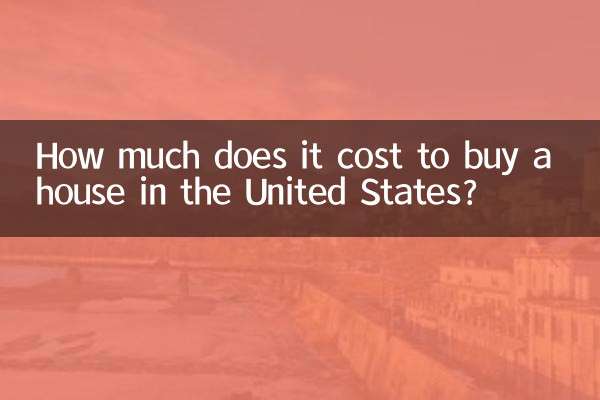How much does it cost to take the subway? ——Comparison of subway fares and analysis of hot topics in major cities across the country
Recently, "subway fares" have become one of the hot topics on social platforms. With the rise in oil prices and the popularity of new energy travel modes, the subway's price system, as the main force of urban public transportation, has once again attracted public attention. This article will combine the hot spots on the entire network in the past 10 days to sort out the subway fare data in major cities across the country and analyze the relevant discussion points.
1. Comparison of subway fares in major cities across the country (latest data in 2023)

| City | Starting price (yuan) | Capped price (yuan) | Preferential policies |
|---|---|---|---|
| Beijing | 3 | 10 | Accumulated discount |
| Shanghai | 3 | 15 | Transfer discount |
| Guangzhou | 2 | 14 | 40% off after 15 times |
| Shenzhen | 2 | 14 | Bus ride discounts |
| Chengdu | 2 | 10 | Tianfutong 10% off |
| Wuhan | 2 | 7 | Free bus transfer |
| Nanjing | 2 | 10 | Bus transfer discount |
2. Analysis of recent hot topics
1.Subway fares and city living costs: There has been a craze for sharing "monthly subway commuting bills" on multiple social platforms. Among them, the average monthly commuting cost in first-tier cities such as Beijing and Shanghai generally exceeds 300 yuan, triggering heated discussions about the cost of public transportation.
2.Controversy over fares on newly opened lines: After the opening of Shenzhen Metro Line 14, the higher fares in some sections became the focus of discussion in local forums. Some citizens reported that "taking the subway is more expensive than taking a taxi."
3.Electronic payment discounts: The "Ride Discount Week" activities launched by Alipay, WeChat and other platforms in many cities have received widespread attention. In some cities, you can enjoy a discount of 1 cent for a single ride.
4.Preferential policies for special groups: The discussion on "whether graduate students should enjoy student ticket discounts" has become a hot search on Weibo. Current policies in many cities have caused controversy because graduate students cannot enjoy student discounts.
3. In-depth analysis of factors affecting subway fares
1.operating costs: According to calculations by professional organizations, the average operating cost per passenger of subways nationwide is about 2.8 yuan. In most cities, fare revenue cannot fully cover the cost and requires financial subsidies.
2.city size: Due to long lines and many stations, megacities generally adopt a decreasing pricing method, while small and medium-sized cities mostly use a single fare system.
3.policy orientation: Under the priority development strategy of public transportation, many cities have launched "green travel" incentive measures. For example, Beijing offers a 20% discount for purchases over 100 yuan per month to encourage citizens to choose subway travel.
4. Forecast of future fare trends
1. The dynamic fare mechanism may become a development direction, and differentiated pricing during peak hours and off-peak hours has been discussed in some cities.
2. With the operation of rail transit network, the cross-city subway intermodal fare system will be gradually improved, such as the Guangzhou-Foshan subway interoperability that has been realized.
3. Digital payment will bring more discount possibilities, and personalized discount packages based on travel big data are expected to be launched.
5. Practical suggestions
1. You can usually enjoy additional discounts when applying for local transportation cards, such as Beijing All-in-One Card, Shanghai Public Transportation Card, etc.
2. Pay attention to the official subway APP of each city, and launch promotional activities from time to time, such as "Friday Half Price Ride Day", etc.
3. For long-distance travel, you can plan a reasonable transfer plan. Sometimes, it will save money to transfer once more.
4. Some cities have special discounts for specific periods (such as at night), so travel time can be flexibly arranged.
Subway fares may seem like a small matter, but they are related to the daily travel of millions of citizens. As cities develop and travel demands change, how to balance operating costs and public affordability will become a continuing issue faced by various urban transportation departments. Passengers are advised to pay more attention to official information and make reasonable use of various preferential policies to make subway travel more economical.

check the details

check the details